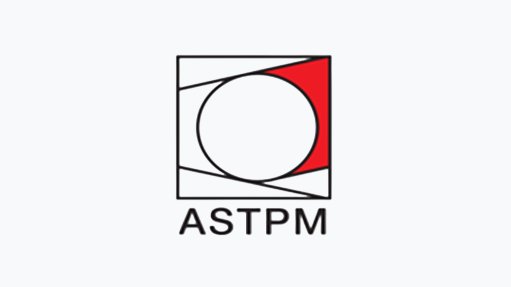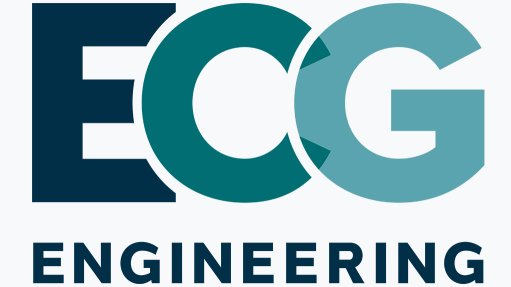Middle-out economics
While last week’s column was all about levelling up and trickling down, this week’s is all about a glaring omission – the most glaring omission, I would argue. Can I give you a clue? Well, as the old adage goes, the truth lies somewhere in the middle.
The most neglected constituents in an economy are definitely not the rich, and neither are they always the poor – there is an international consistency of neglect that is reserved for the middle class, which is the lifeblood of the economy, no matter what measure you might use.
As a consequence, there are economists who argue that a country’s economic ills, which tend to stem from a lack of economic growth, can be addressed by middle-out economics. If you recall from last week’s column, trickle- down economics is a branch of supply-side macroeconomic theory, while levelling up is more of a political concept. Middle-out economics, in turn, is a branch of demand-side macroeconomic theory, which argues that economic growth and full employment can be most effectively achieved through high demand for products and services. This macroeconomic theory contends that increased consumer spending will lead to business expansion which, in turn, will result in greater employment opportunities. Moreover, the higher levels of employment create a multiplier effect that further stimulates aggregate demand, which leads to greater economic growth.
Demand-side economics can be traced back to economist John Maynard Keynes, arguably the rockstar economist. Although Keynes took his leave on April 21, 1946, any time a country faces the possibility of a recession, it invokes Keynesian economics, which postulates that demand drives supply and that, as a rule, thriving economies spend or invest more than they save. It reminds me of my beloved economics professor, who was famous for saying: “Money is like water – it should be allowed to flow, and not be stored as, like water that is stored, it tends to get contaminated.”
But I digress. Proponents of demand-side economics argue that tax breaks for the wealthy produce little, if any, economic benefit, since the increased disposable income would not be spent on goods or services but would instead be reinvested in an economy with low demand and low growth.
Demand-side economics recognises that the middle class is the central ingredient for job creation and economic growth. Let’s look at the arguments offered by middle-out economics proponents. They maintain that only the middle class can create the aggregate demand necessary for business to support full employment levels. Owing to the wealthy’s propensity for saving, large concentrations of wealth are not employed to stimulate sustainable job creation. Further, companies or businesses “do not hire when they have an abundance of profits; they hire when they have an abundance of customers”.
Middle-out economists argue that a fundamental law of capitalism should be that “if workers have no money, then businesses have no customers”. As a consequence, they contend, the true ‘job creators’ in a capitalist economy are not the wealthy in society, but the middle class. They maintain that the middle class is the cause of economic growth, and not the consequence of it. Therefore, the only route to economic growth, and the associated prosperity, is from the middle out.
You might well be asking why governments don’t do this? Well, the largest economy in the world is. It is called Bidenomics. Named after US President Joe Biden, it is characterised by relief measures and vaccination efforts to address the Covid-19 pandemic, investments in infrastructure, and strengthening the safety net, funded by increased taxes on higher-income individuals and corporations. Other goals include increasing the national minimum wage and expanding worker training, narrowing income inequality, investing in clean energy, expanding access to affordable healthcare, and forgiving student loan debt.
As George Bernard Shaw reminds us: “I have to live for others and not for myself; that’s middle-class morality.”
Article Enquiry
Email Article
Save Article
Feedback
To advertise email advertising@creamermedia.co.za or click here
Comments
Announcements
What's On
Subscribe to improve your user experience...
Option 1 (equivalent of R125 a month):
Receive a weekly copy of Creamer Media's Engineering News & Mining Weekly magazine
(print copy for those in South Africa and e-magazine for those outside of South Africa)
Receive daily email newsletters
Access to full search results
Access archive of magazine back copies
Access to Projects in Progress
Access to ONE Research Report of your choice in PDF format
Option 2 (equivalent of R375 a month):
All benefits from Option 1
PLUS
Access to Creamer Media's Research Channel Africa for ALL Research Reports, in PDF format, on various industrial and mining sectors
including Electricity; Water; Energy Transition; Hydrogen; Roads, Rail and Ports; Coal; Gold; Platinum; Battery Metals; etc.
Already a subscriber?
Forgotten your password?
Receive weekly copy of Creamer Media's Engineering News & Mining Weekly magazine (print copy for those in South Africa and e-magazine for those outside of South Africa)
➕
Recieve daily email newsletters
➕
Access to full search results
➕
Access archive of magazine back copies
➕
Access to Projects in Progress
➕
Access to ONE Research Report of your choice in PDF format
RESEARCH CHANNEL AFRICA
R4500 (equivalent of R375 a month)
SUBSCRIBEAll benefits from Option 1
➕
Access to Creamer Media's Research Channel Africa for ALL Research Reports on various industrial and mining sectors, in PDF format, including on:
Electricity
➕
Water
➕
Energy Transition
➕
Hydrogen
➕
Roads, Rail and Ports
➕
Coal
➕
Gold
➕
Platinum
➕
Battery Metals
➕
etc.
Receive all benefits from Option 1 or Option 2 delivered to numerous people at your company
➕
Multiple User names and Passwords for simultaneous log-ins
➕
Intranet integration access to all in your organisation














